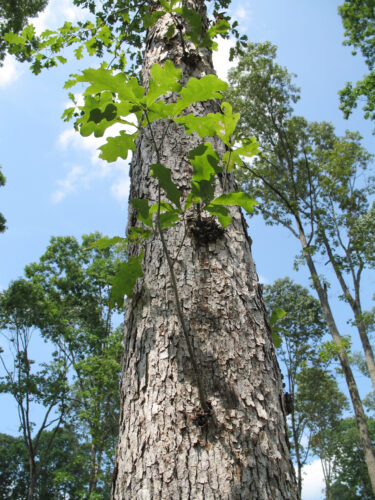
The sustainability of our hardwood resource is a top priority. Virginia is a hardwood state – 80% of our forested acres are in hardwood or mixed hardwood-pine forest; the oak-hickory type alone occupies 61%.
What We Have Learned
We have identified a number of factors contributing to significant species composition and quality issues that can affect the sustainability of Virginia’s vast hardwood resource – particularly with regard to the oak species. The crop tree release, partial harvest aimed at regeneration and species diversity (shelterwood cut), and timber stand improvement approaches all offer opportunities to enhance stand conditions now and in the future.
Note – can you do a tool tip that shows the glossary definition of shelterwood cut upon hover?
Ongoing Projects
Our ongoing research is demonstrating and evaluating regeneration and growth responses of hardwood species following various harvest methods; crop tree release/fertilization; effects of deer on regeneration, and impacts of thinning and timber stand improvement. We are also working closely with the Commonwealth’s hardwood initiative to develop decision support tools to expand the application of these.
Additional Resources
- Learn more about the White Oak Initiative to ensure the long-term sustainability of white oak – critical to wildlife, forest products industry, and local economies.
- Learn more about forest inventory at the USDA Forest Service Southern Research Station.
| Image | Title | ID | Description | Date | Content Type | View | hf:tax:document-category | hf:tax:Media |
|---|
Contact Us
For more information or questions, e-mail us or use our contact form.
